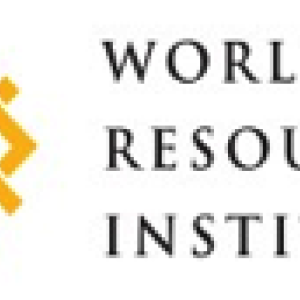
This working paper from the World Resources Institute compares the carbon footprint of dairy from 13 different countries and pork from 11 countries. It uses a carbon opportunity cost approach to carbon footprinting, i.e. it accounts for carbon that is not stored in vegetation or soils because the land is being used to produce dairy or pork.
The figure below shows the results for dairy. Brazil has the highest carbon footprint per kg of milk for both the production and carbon opportunity cost (also called land cost) components. The report attributes these high emissions to inefficient grazing.

For pork, as shown below, the carbon opportunity cost accounts for a large fraction of the overall carbon footprint, at around three quarters. The report notes that this is partly because pigs produce relatively little methane from enteric fermentation, when compared to cattle.

Read the full report, Comparing the Life Cycle Greenhouse Gas Emissions of Dairy and Pork Systems Across Countries Using Land-Use Carbon Opportunity Costs, here. See also the Foodsource resource What are the environmental issues associated with milk and dairy?







Post a new comment »